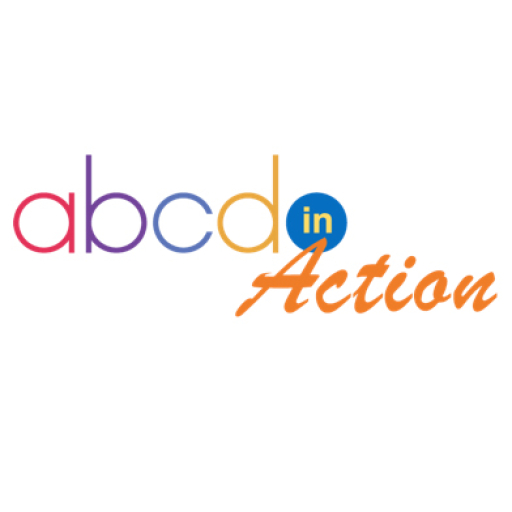
State or Province:
WIcountry:
USwhat are your gifts and talents?:
Connecting people, ideas, communitieswhy do you want to join abcd in action?:
ConnectingWorking in the Gap (The Abundant Community)
The following post was written for the Abundant Communityby Deb Wisniewski, with Dan Duncan and Tom Mosgaller, as a support piece related to theupcoming online/audioconferencewith John McKnight, Peter Block and Tom Mosgaller.
-------------------------------------------------------------------------------------------------------
Working in the Gap
Often, when you get together with a group of people interested in Asset-Based Community Development (ABCD), you find a conversation about the gifts of individuals and what communities can do for themselves. But what about institutions? Institutions have been primarily focused on identifying community problems (deficit-based) and bringing in outside experts to solve those problems. Does ABCD give us a way to think about institutions and their relationships with communities in a different way?
It had become evident that the ability of institutions to respond to deficiencies as the primary model was doomed to failure, especially given the growing complexity and unpredictable events taking place in communities. Many local institutions began exploring how they could do their work differently if they thought of it from an ABCD perspective. What would happen if they changed the nature of their relationships with the community? Instead of trying to take over or fix a community, how could they actively support and empower people and the communities they live in? And what would it actually look like to have their staff do their work differently?
A transformation of thinking and doing was taking place. Communities have to become partners and co-producers of our future. The mental model of government or not-for-profits as vending machines where we put in our money, pull the lever and expect service is no longer viable.... Tom Mosgaller
As a result, the transformation that had been taking place was given a name - "Working in the Gap." The "Gap" is that space between the Institution andthe Community. "Gappers" are both the staff who do the actual work in communities, as well as the institutions who are working to put ABCD into practice through their organization.They have one foot in their institution and one foot in the community they serve. Gappers are a visible expression of the transformation that has been going on in institutions that are actively changing the way they thought about and worked with communities.
Gappers understand that, to build stronger and healthier families and neighborhoods, they must engage the people they serve as the primary producers of their own and their communitys well-being. They see their work as not just delivering services to meet the needs of the people they serve (filling in their emptiness). They see their role as working to create opportunity so that the people they serve can use their gifts. Gappers help people they serve move beyond the role of client to that that of a community participant, by asking not just "what do you need?", but also asking "what can you contribute?" They work to identify and unlock the assets present in neighborhoods and communities where they work. Gappers are in key role to remove the barriers that keep community members from sharing their gifts and contributing to their communitys well-being.
There are challenges to working in the gap for both the individual Gappers as well as the institutions. Some of these include:
- Does changing the way your organization function conflict with its mission? How does leadership (including board members) feel about the changes?
- Are Gapper staff fully supported by the organization or do they feel that they need to fly under the radar?
- Are there staff members who are still committed to maintaining the old way of helping people (focusing on needs rather than assets, fixing problems identified by outside systems, etc.)?
- What do Gappers need in order to navigate the institutional structure, while trying to fully support and empower individuals and communities? How can they juggle the expectations and demands of two different worlds?
- What are the institutional barriers that get in the way of supporting and empowering people and communities? What can the institution do about those barriers?
- How do you work with your primary funders to understand and support the changes that happen when you are committed to working in the gap? As an organization, can you continue to respond to funders who ask you to identify and fix the needs in a community, even as you realize that there are better ways to build stronger and more sustainable communities?
So are you a Gapper? Do you work directly to identify the gifts of those you serve, their neighborhoods and communities, and to remove barriers so that people can share their gifts?Does your organization or institution work to put ABCD principles into practice, changing the way your organization "does business"?
Conversations about working in the gap are taking place on ABCD in Action (http://abcdinaction.ning.com), the online community of practice for Asset-Based Community Development. Wed love to have you share your challenges, your questions and your stories.
